Since this highly successful film Argentina, 1985 is so much in the air, that year seems to offer as good a subject as any for today’s trip down memory lane, penned by somebody who was not only here during the junta trial chronicled by that film but who also covered it. While our coverage at the Buenos Aires Herald was not a patch on Perfil’s Diario del Juicio, the newspaper was never going to ignore a trial in which our former editor Robert Cox was a star witness and which was a supreme vindication of the Herald’s defence of human rights during the 1976-1983 military dictatorship. And my personal contribution to that news story was greater than virtually any other for entirely circumstantial reasons. In the second half of 1985 the local news section was manned by just two journalists – Mike Llanos (a Rosario-born American) and myself. With two days off work for each, that meant we were only working together for three days in the week so that on two other days, every single word on the trial was written by this columnist.
Nevertheless, neither the film nor the trial will serve as more than a trigger for this column for a couple of reasons. The first is simply that I have not yet gotten around to seeing the film. It seems to me from its momentous subject that it would be almost impossible to criticise even if it were a bad film and all the indications are that it is very good (despite the opposition deputy Fernando Iglesias deploring the missed opportunity to bash Peronism). A further reason is that covering the trial is not a memory I care to revive. It was gruelling in every sense – not only the sheer volume of work involved but its content with day after day of state terrorism victims testifying on things like their toenails being ripped out one by one.
Since a moving picture can also be worth a thousand words, this column will leave the trial to the film and instead try to fill out the context of that year 1985. The conviction of the military juntas came right at the end of that year (just a fortnight before Christmas) and it is worth asking how much that glorious climax depended on the previous developments in 1985. The economic success of the Austral Plan (bringing inflation down from a monthly 30 percent in June to two percent four months later, just in time for the midterms) paved the way for political success in the midterm elections (with Raúl Alfonsín’s Radicals garnering the most votes in 20 of the country’s 24 districts) which in turn laid solid foundations for the judicial and moral triumph of the junta trial sentences.
But let us not throw out the baby with the bathwater because the trial in turn fed the political and economic success. Alfonsín’s courage in placing a detested but still dangerous dictatorship on trial gave his government both popularity contributing to the midterm victory and credibility, making people readier to bite the bullet on such unpalatable Austral Plan ingredients as fiscal austerity and a wage-price freeze.
Yet while the junta trial is quite rightly hailed and now enshrined in film, the Austral Plan tends not to be given the credit it deserves in making 1985 the year it was. It is also worth asking what would have happened if Alfonsín had not given a green light to his Economy Ministry technocrats over the less orthodox economic thinking of both the Peronists and most Radicals, despite deep misgivings of his own. If the 1989 hyperinflation had occurred at the other end of the Alfonsín presidency, that half-century of alternation between civilian and military rule might well have continued indefinitely.
The film is called Argentina, 1985 but that year was also very special elsewhere in the region. Since Brazil is holding both rounds of its presidential elections this month, it might be worth mentioning that this was the year the South American giant returned to democracy following its 1964-1985 military dictatorship, electing one president (Tancredo Neves from the PMDB of the eternal centrão, the tail now wagging the Jair Bolsonaro dog) only for another (his running-mate José Sarney) to take office after the victor’s death. That same year Uruguay also returned to democracy with the Colorado Julio María Sanguinetti after 12 years of dictatorship. Bolivia experienced hyperinflation of over 8,000 percent in 1985, causing the President Hernán Siles Zuazo to resign, eventually to be replaced by Víctor Paz Estenssoro, the hero of the 1952 National Revolution who was then as old as Joe Biden is now.
Beyond the political and economic arena, 1985 had many social and cultural differences from today. The other day zapping on television (not a 1985 custom) I came across an Argentine film with a group of friends eating out with starters of melon and cured ham while drinking a bottle of Bianchi burgundy in green glasses and I said to myself: “That film must be 1984 or 1985” and sure enough it was. People ate out a lot then (as they do now) but not because their earnings did not extend to a car or housing as is the case now. Technology (with even faxes still rare) was far more limited, as was television, overloaded with variety shows and soap operas like Todos los días la misma historia (and it really was the same story every day too). All sorts of little things marking out a different era but, as usual, this column has run out of space.









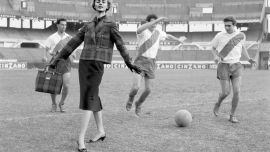







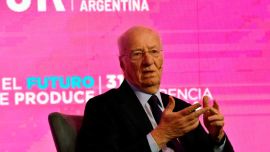
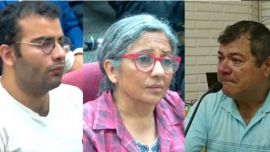
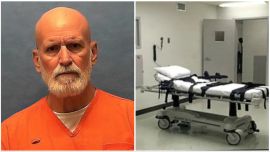
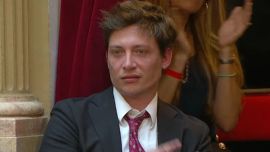
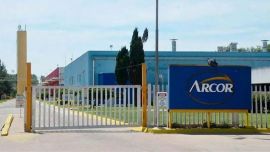
Comments